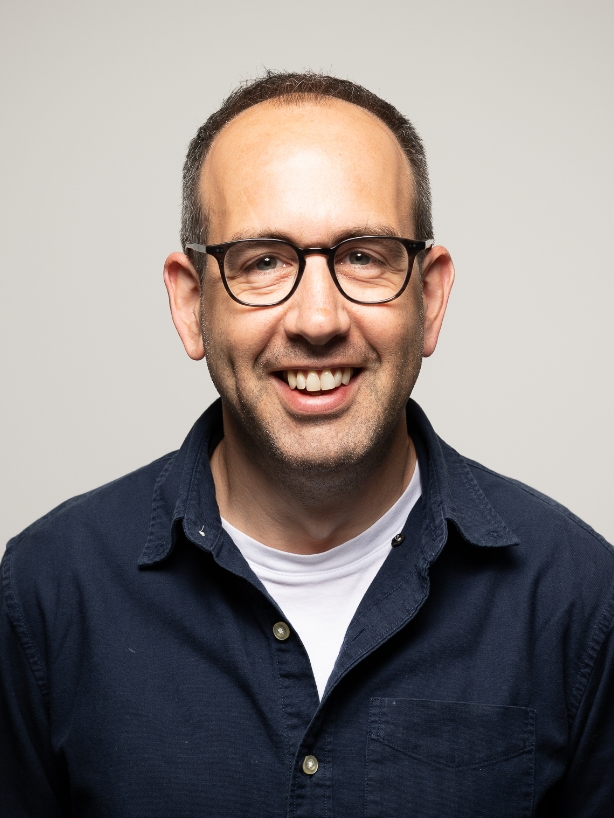We approach every brief we receive with a blank sheet of paper. We want each request to be considered on its own merits, and not responded to with an off the shelf ‘this always works’ approach.
However, there are two critical ‘processes’ we use to guide us on the path to the best solutions.
The first is our strategy brief, which is designed to gather as much information from our clients as possible. We’re not just looking for specific detail about the work requested, but also for additional context about where the task sits within the wider business objectives and what success looks like. And we also want to mine our clients for any additional nuggets of information about their audiences – or their products – that they maybe didn’t think of when writing the initial brief.
“We’re not just looking for specific detail about the work requested, but also for additional context about where the task sits within the wider business objectives and what success looks like.”
The second is our Venn, which guides our primary information-gathering. Only by deeply understanding our audience, knowing what the competition is up to, immersing ourselves in our client’s brand and contextualising the macro environment can we arrive at a positioning whitespace that is ownable, credible and, most importantly, meets audience needs.
We start with audience. For this, we go all ‘method actor’ in trying to get into the head of our targets. We try to walk in their shoes. How do they think? What’s important to them? What problem do they need us to solve? How would they like us to solve it? Where, when and how would they most like to receive the solution?
“How do they think? What’s important to them? What problem do they need us to solve? How would they like us to solve it? Where, when and how would they most like to receive the solution?”
There are many tools and techniques to help us gain this insight, from data analysis and social analytics, to face-to-face interviews and primary research. And, as financial services specialists, we have over 20 years of experience understanding and talking to these audiences.
Next we look at the competition. First, we look at the direct competitors. What are they saying? What are they not saying? What position are they taking on the same issues? What gaps are they leaving? Then we look at the indirect competition. What other brands does our audience interact with and what lessons can we learn from them?
We will also be absorbing all the external factors that will impact our content. What’s happening in the economy? What’s on the news? Are there regulatory or political issues that will affect our response? What else will be on our audience’s mind?
“We then immerse ourselves in your brand to ensure that we align to your key messaging and brand cues.”
By this point we will probably already have a few ideas about where we want to go. We then immerse ourselves in your brand to ensure that we align to your key messaging and brand cues. We’ll want to know about any other activity that you have in play, or coming up, that we may need to align with in order to ensure consistency and cohesion for our audiences.
Once we have considered these four elements, and have sheets of notes, insights, questions and kernels of ideas in front of us, we begin the process of turning everything we have learned into a unique, stand-out strategic proposal. Unfortunately, what goes through our minds at this stage is a bit too oblique to turn into a motion graphic – but it will be driven by intent.

